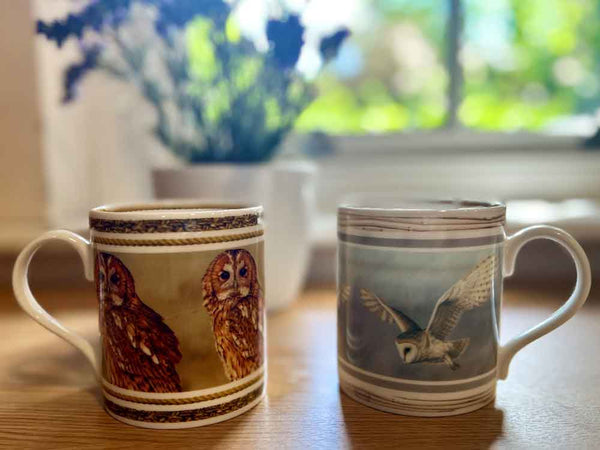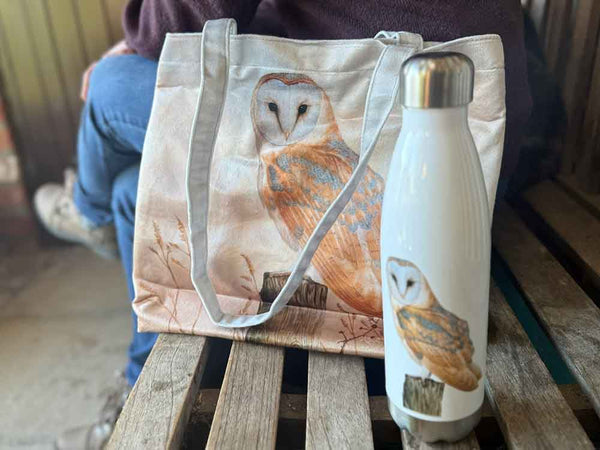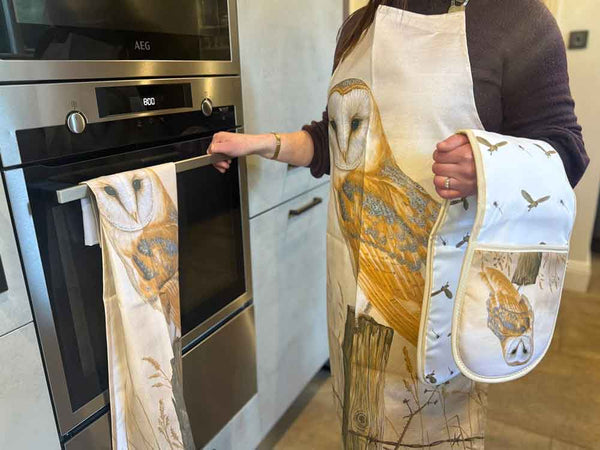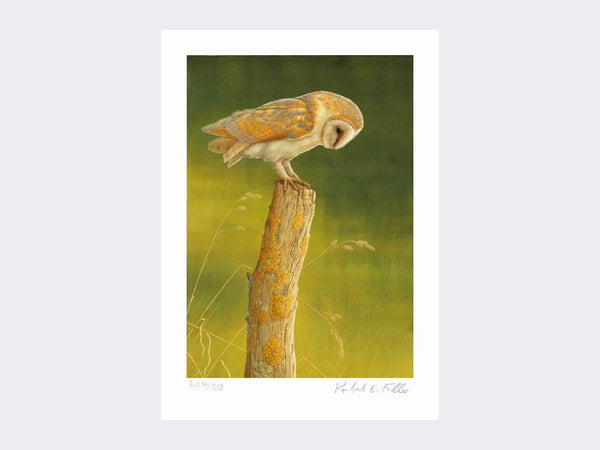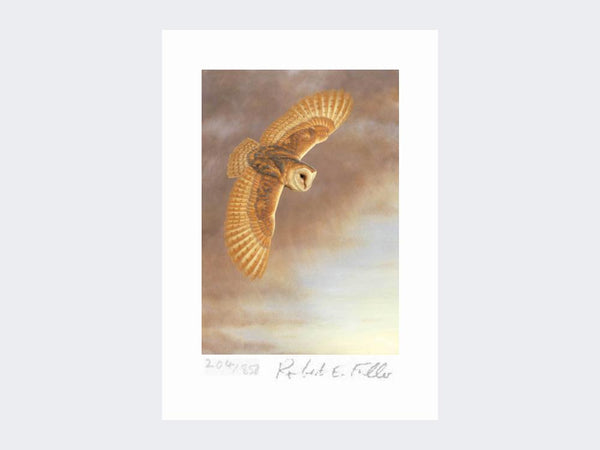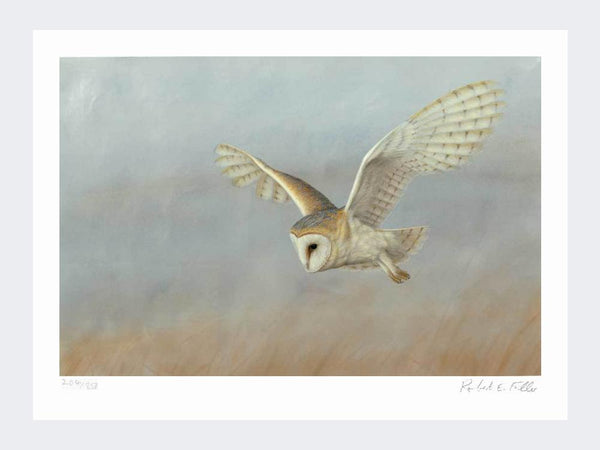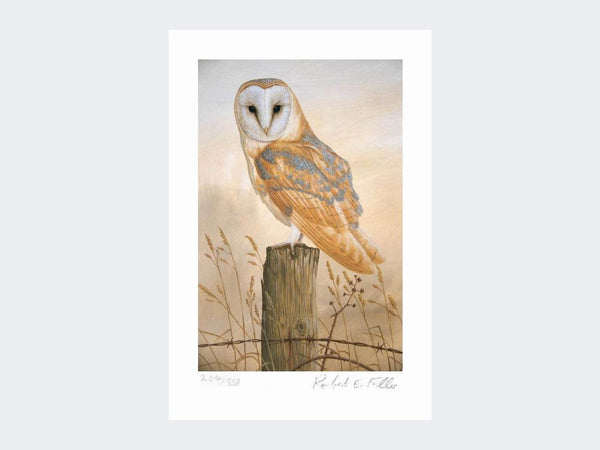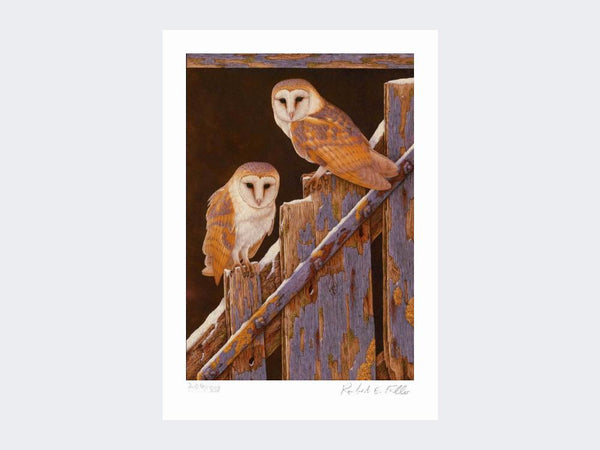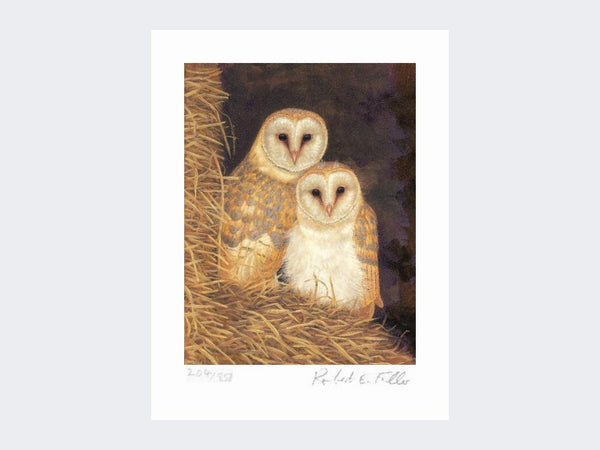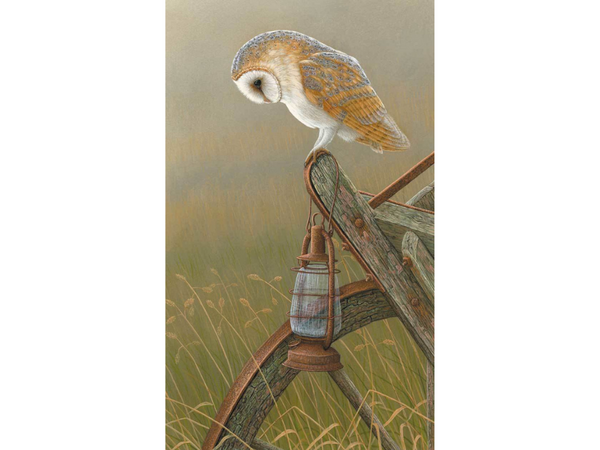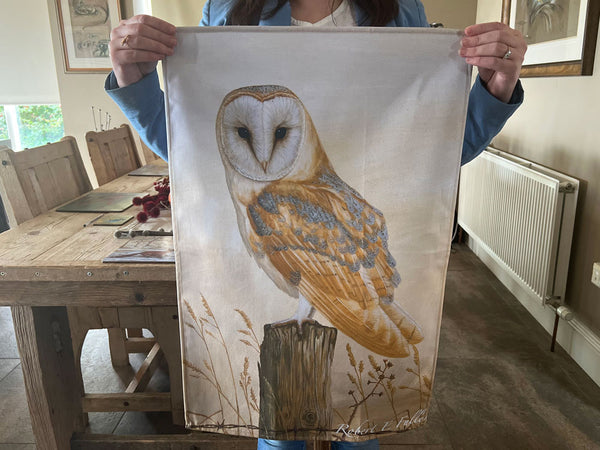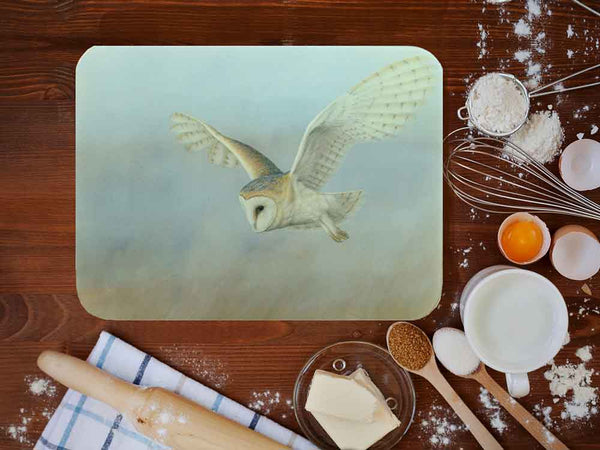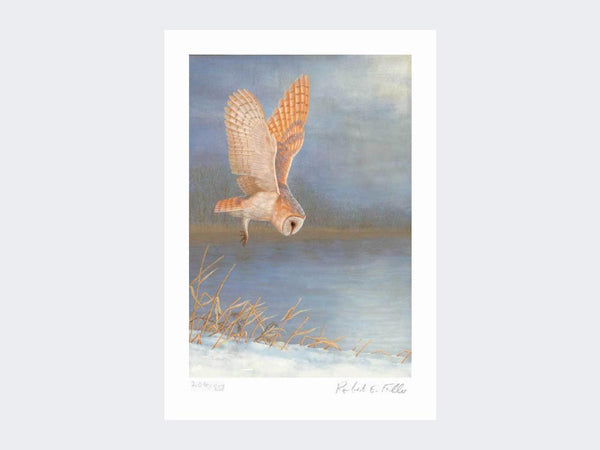Hatching & Early Development
Like many ‘baby’ birds, barn owlets are naked and ugly after they first hatch. But they quickly develop a very thin covering of down and by five weeks of age they get their characteristic heart-shaped face. At this age they are also very playful. Like kittens, they run, jump, pounce, hiss and move their heads in the most comical manner, even turning their heads upside down.
Barn Owl Chicks: Egg Hatching
Each egg hatches after about 31 days incubation, so by the time the last egg hatches the eldest owlet may be three weeks old. The difference in size between chicks can be alarming. And in times of hardship, when food is scarce, it is not unusual for the eldest chicks to prey on the younger.
Barn Owl Chicks: The Dangers
It is not uncommon for nestlings to fall from the nest at this age. Sadly, this is fatal even if they are uninjured as, if there are other young in the nest, those on the ground are ignored and starve to death.
Barn Owl Chicks: Parental Care
The male supports his family by bringing food, which the female rips into tiny pieces to feed to her growing young. By three weeks old an owlet can swallow a shrew or small mouse whole. Once they can feed themselves squabbles over food become more common. At this stage, the chicks grow thicker downy feathers and can keep themselves warm for longer periods. This frees up the female to help the male with hunting duties.
Barn Owl Chicks: Development
By five weeks old barn owl chick's flight feathers can be seen growing through their white fluffy down. Wing flapping exercises begin at about seven weeks and by eight to nine weeks old the owlets make their first short flights. 
Barn Owl Chick Facts: Learning to Fly & Hunt
By nine weeks a barn owlet can fly and by 10 weeks it starts perfecting the art of landing. By 11 weeks they begin to capture their first prey.
Barn Owl Chick Facts: Dispersal
After 14 weeks, an owlet that continues to spend time around its parents may be chased away. The average dispersal distance is 12km. Barn owls possess no homing instinct and dispersing young virtually never return.
Barn Owl Chick Facts: Juveniles
Juvenile barn owls in dispersal are more likely to die than establish a home range. Their relative inexperience in finding and catching food means they are more likely to starve than adults. Also, the further a bird moves across the countryside the more man-made hazards it encounters. The survival rate of juveniles has more effect on the overall population-level than any other life-cycle parameter. Collisions with traffic and flying into overhead wires are among the most common causes of juvenile deaths.
Want to learn more about barn owls?
Click here for more fascinating facts about barn owls
See the Paintings
Click here for my collection of barn owl paintings














